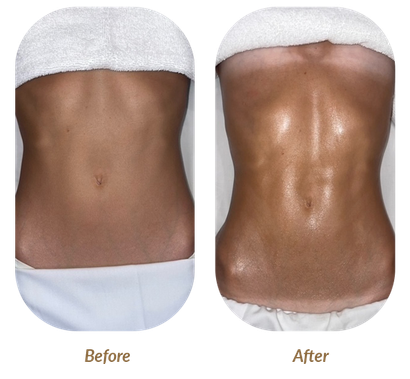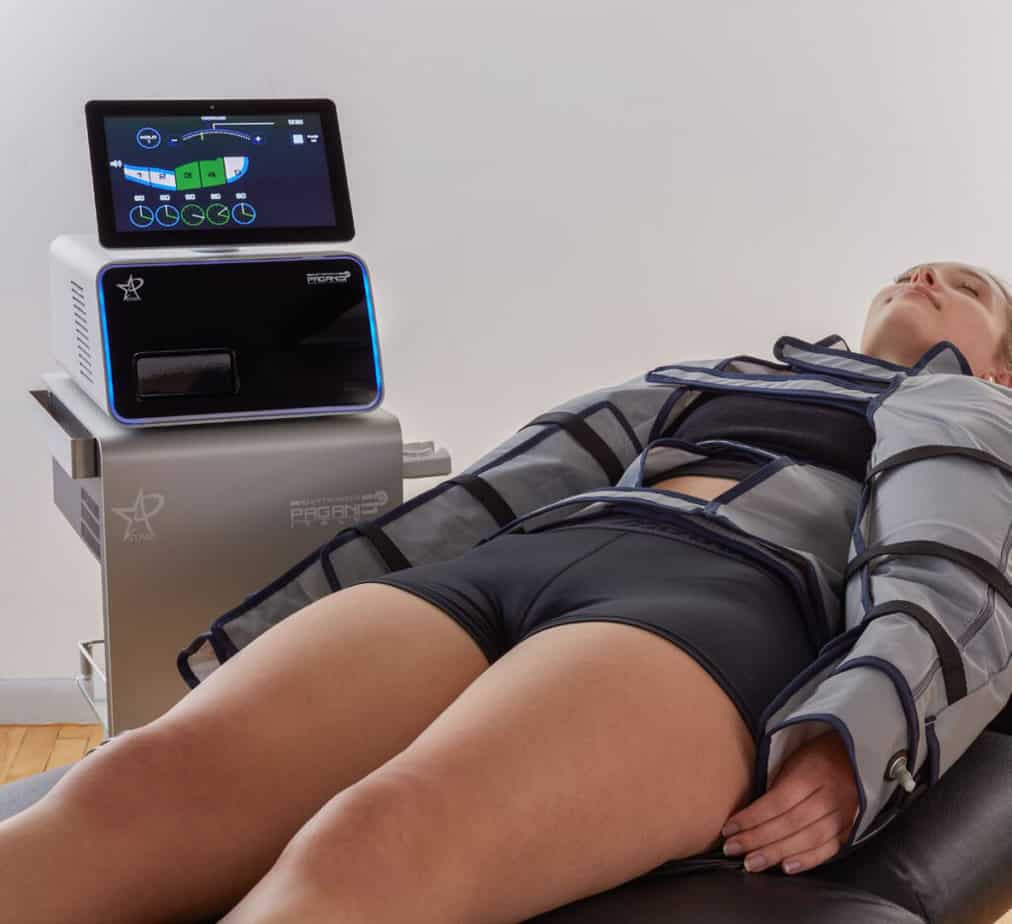
WEIGHT: 52 kg
Bust: 36
One HOUR:120$
NIGHT: +80$
Sex services: Dinner Dates, Slave, Lapdancing, Deep Throat, Lesbi-show hard
To browse Academia. Until now the role of Demodex mites Demodex folliculorum , D. Besides this, the role of Helicobacter pylori infection in pathogenesis of these dermatoses is being discussed. We examined 69 patients at the age of 17 till 54 years old men , women with different inflammatory processes on the skin of face. Among them: 19 patients had clinical signs of rosacea, 32 -demodicosis, 10acne disease and 8 -perioral dermatitis.
In addition all 69 patients were examined for the presence of Helicobacter pylori infection in the stomach. Thus, the results of our complex clinical and laboratory researches, indicate aetiological and pathogenetic role of Demodex mites and Helicobacter pylori infection on appearance and development of rosacea, demodicosis, perioral dermatitis and acne disease, which should be taken into consideration in devising tactics of the treatment of these dermatoses.

Objective: Demodex folliculorum and Demodex brevis are two species known to settle on the skin of humans. Demodex mite infections are called demodicosis. Demodicosis, which is usually asymptomatic, is known to cause some skin diseases as a result of an imbalance in immune system mechanisms This study was conducted to investigate the relationship between Demodex spp.
Methods: A total of patients, of whom were immunosuppressed and who were immunocompetent, were included in the study. Samples were taken from the nose, chin, and forehead areas, using the standard superficial skin biopsy method and were examined under a microscope. Results: Demodex spp.

The difference between Demodex spp. In addition, a relationship was found between Demodex spp. Conclusion: Demodex spp. It was concluded that Demodex spp. Objective This study was conducted to determine the prevalence and burden of Demodex mites in patients with rosacea, and to investigate their potential contribution to the aetiology of rosacea. Methods The study included 82 patients 44 with papulopustular rosacea and 38 with erythematotelangiectatic rosacea diagnosed with rosacea by clinical examination and 82 healthy controls without dermatologic disease.



































